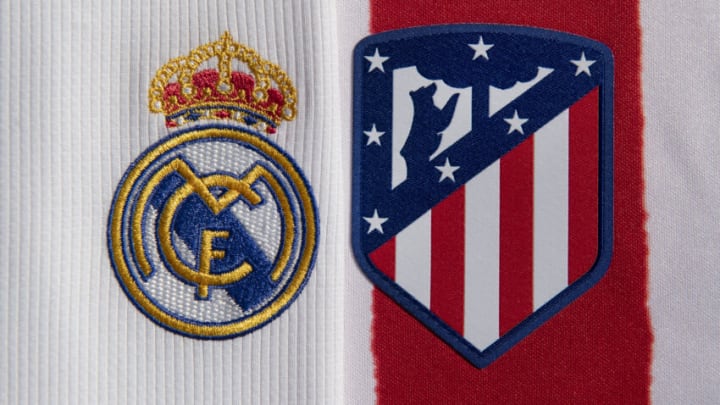Tensions between Real Madrid and Atletico Madrid are increasingly high at the moment. The rivalry between these clubs has always been intense among fans, but it now looks like that has made its way into the director’s box. The fact Atletico Madrid did not give Real Madrid a “Guard of Honor” after winning La Liga or even publicly congratulate them has caused Real Madrid to reevaluate their relationship with Atletico, which means they would seriously be considering breaking the “non-aggression pact” they have with ‘Los Colchoneros’.
It has already been reported that both sides terminated the “non-aggression pact” at the academy level, but it is uncertain whether they also got rid of it at the professional level. Regardless of what occurs, what is the “non-aggression pact” between both clubs and how has it been implemented?
Its originals are somewhat unclear, but the “non-aggression pact” is a verbal agreement between both clubs that ‘prohibits or limits’ either side from signing their respective players. Its purpose was initiated at the academy level as both teams wanted to avoid either side trying to poach their youth players. They could fight for the same player, but once terms were agreed, the other team could not make any attempts to sign him or her, unless he or she was released by the academy. In fact, another reason for these issues is that both clubs believe the other side has been targeting players from their respective youth systems.
The pact also involves the first team and limits both sides from signing players from each other. With that in mind, the explanation for its purpose at the first-team level is uncertain. Originally, it was believed neither side could sign players from the opposition. However, others say players can be signed as long as both clubs agree to terms and do not trigger the player’s buyout clause.
While it is not clear, the latter does make more sense as it would explain Theo Hernandez’s transfer from Atletico Madrid to Real Madrid in 2017, and Marcos Llorente making the opposite move in 2019. Not to mention when Real Madrid attempted to sign Sergio Agüero and Radamel Falcao, reports indicated that ‘Los Blancos’ had met with Atletico to discuss a possible transfer, but ‘Los Colchoneros’ would only sell to their arch-rival if they made a ‘significantly’ higher bid, which would see neither player make the cross-town move to Real Madrid.

If the pact is broken at the first-team level, this would now mean both sides can pursue players from the opposition and trigger the buyout clause of a player they would like to sign. Rumors are already circulating that Real Madrid have expressed interest in Joao Felix, whose talent has not been well used by Simeone and will surely be looking to make the move somewhere else. Whether these rumors are accurate or not, this is something that will greatly benefit Real Madrid.
‘Non-aggression pact’ hurt Real Madrid and benefited Atletico (and Barcelona)
While the intentions of this “non-aggression pact” might be good, there is no question (at least at the professional level) that it did not benefit Real Madrid in any way. It would always be impossible to sign any of their elite players since the player’s buyout clause could not be triggered.
Along with this, Atletico see Real Madrid as their most bitter rival and would always significantly increase the price when it came to ‘Los Blancos’. Some of the players Real Madrid attempted to sign, but failed to reach any agreement, including Sergio Agüero, Radamel Falcao, José Giménez, and Lucas Hernandez.
Worst of all, some of those talented players who Real Madrid were interested in would then be sold to Barcelona; strengthening their direct league rival.

Want your voice heard? Join the The Real Champs team!
The side that greatly benefited from this pact was Atletico Madrid as it avoided them from selling or seeing their best players move to their most bitter rival. While Atletico could also poach from Real Madrid, they would generally be players who were not elite or regular starters. However, with the “non-aggression pact” now reportedly broken, it now remains to be seen how both sides will react and approach each other when it comes to transfers.
